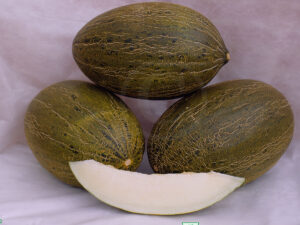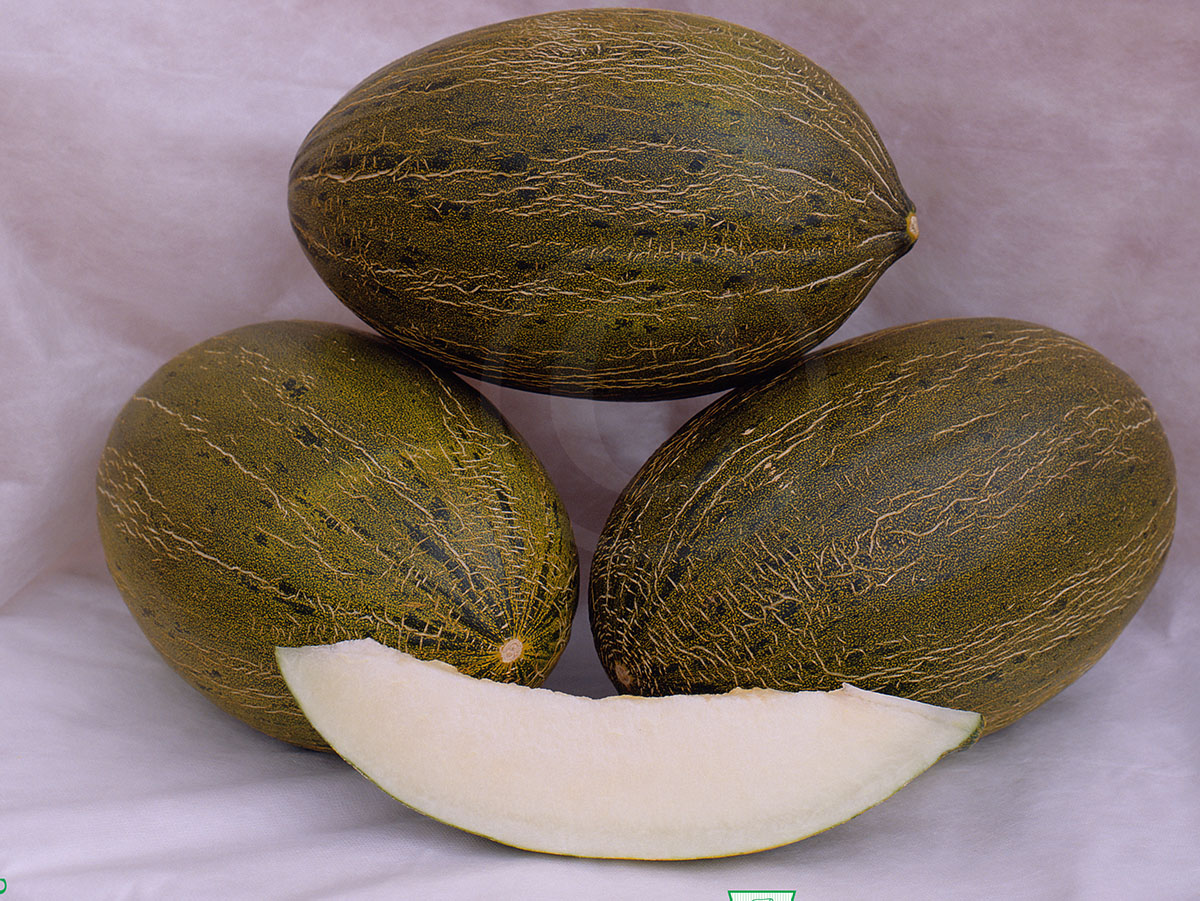
Transplanting ‘Don Quixote’ melons, a variety likely appreciated for its unique characteristics, in open land settings involves a series of steps tailored to ensure the best growth and yield. Here’s how to manage the process:
Transplanting ‘Don Quixote’ Melon in Open Land
1. Transplanting
- Select a location that receives full sun and has well-drained, fertile soil. Melons thrive in warm conditions.
- Space the plants approximately 90-120 cm apart in rows that are around 1.5-2 meters apart. This spacing allows for proper vine growth and air circulation.
- Water the plants thoroughly after transplanting to establish them in their new location.
2. Land Management
- Keep the soil consistently moist, especially during fruit set and growth, but be cautious to avoid overwatering.
- Use mulch around the plants to help retain soil moisture, control weeds, and regulate soil temperature.
- Consider using black plastic mulch to warm the soil and accelerate growth, especially in cooler climates.
3. Pest and Disease Control
- Regularly inspect for common melon pests such as aphids, cucumber beetles, and melon worms. Use appropriate control measures as needed.
- Implement crop rotation and good field hygiene to prevent soil-borne diseases.
- Be proactive in managing fungal diseases, which are common in melon cultivation.
4. Harvesting
- ‘Don Quixote’ melons are typically ready for harvest when they exhibit maturity signs such as a change in skin color, a sweet aroma, and slight softening at the blossom end.
- Harvest by cutting the stem close to the fruit, leaving a small portion of the stem attached.
Best Method for Cultivating ‘Don Quixote’ Melon
Open Land Cultivation is recommended for ‘Don Quixote’ melons for several reasons:
- Space for Growth: Open land provides the necessary space for the sprawling vines of melon plants.
- Optimal Growing Conditions: Natural sunlight and pollination in open fields are beneficial for healthy melon growth.
- Efficient Water and Nutrient Management: It’s easier to manage water and nutrients in open land compared to controlled environments like hydroponics.
- Natural Pest and Disease Management: Open fields can help reduce certain pests and diseases through better air circulation.
- Cost-Effectiveness: Generally, open land cultivation is less expensive in terms of initial setup and ongoing costs compared to hydroponic or aquaponic systems.
When selecting a cultivation method, local environmental conditions such as climate, soil type, and water availability should be considered. In regions with limited land or water resources, more controlled methods like hydroponics might be appropriate.





Reviews
There are no reviews yet.